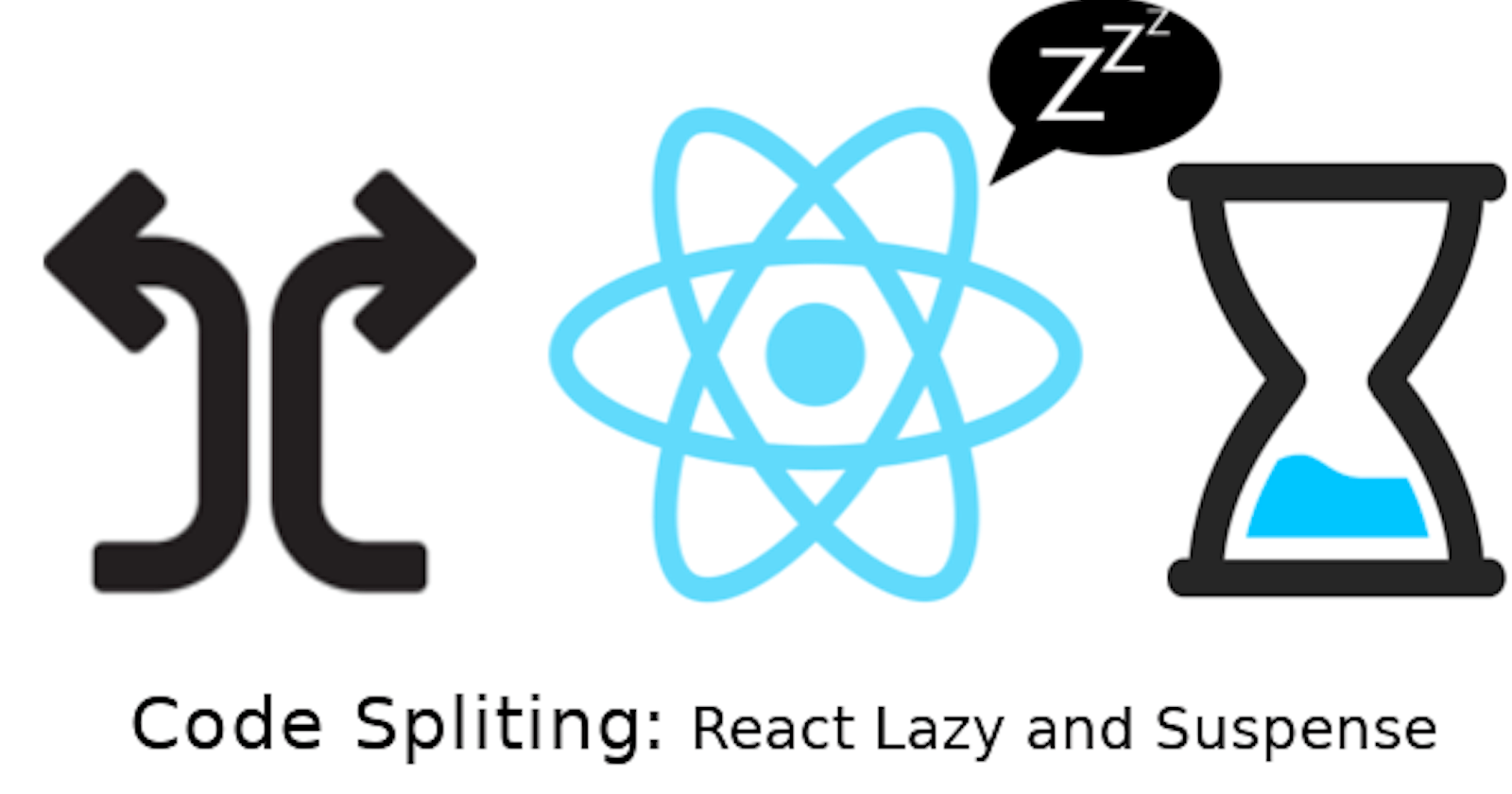Table of contents
In modern web development, performance optimization is crucial to ensure a smooth and responsive user experience. One effective technique to achieve this is lazy loading, which allows us to defer the loading of non-critical resources until they are actually needed. In this blog post, we will explore lazy loading in React and learn how to implement it in our applications.
What is Lazy Loading?
Lazy loading is a strategy that delays the loading of certain components or assets until they are required by the user. Instead of loading all the content upfront, lazy loading enables a more efficient and faster initial page load. This technique is particularly useful when dealing with large components or heavy assets, such as images, videos, or additional JavaScript modules.
Lazy Loading in React:
React provides built-in support for lazy loading through the React.lazy() function and the Suspense component. With lazy loading, we can split our application into smaller chunks and load them on demand, resulting in improved performance and reduced initial load time.
Let's consider a scenario where we have a React application with multiple pages/routes, and each page has its dedicated component. We can use lazy loading to load these components dynamically when the corresponding route is accessed.
First, we need to define our routes using a routing library like React Router. Here's an example using React Router v6:
import { BrowserRouter as Router, Routes, Route } from 'react-router-dom';
// Import the lazy-loaded components
const Home = React.lazy(() => import('./components/Home'));
const About = React.lazy(() => import('./components/About'));
const Contact = React.lazy(() => import('./components/Contact'));
const App = () => {
return (
<Router>
<Routes>
<Route path="/" element={<Home />} />
<Route path="/about" element={<About />} />
<Route path="/contact" element={<Contact />} />
</Routes>
</Router>
);
};
export default App;
In the code above, we import the components lazily using the React.lazy() function and the dynamic import() syntax. Each component will be loaded only when the corresponding route is accessed by the user.
Next, we need to add a Suspense component as a wrapper around the lazy-loaded components. The suspense component allows us to define fallback content that is displayed while the lazy-loaded component is being loaded:
import { Suspense } from 'react';
const App = () => {
return (
<Router>
<Routes>
<Suspense fallback={<div>Loading...</div>}>
<Route path="/" element={<Home />} />
<Route path="/about" element={<About />} />
<Route path="/contact" element={<Contact />} />
</Suspense>
</Routes>
</Router>
);
};
In the code above, we wrap the Route components with the Suspense component and provide fallback content, such as a loading spinner or a message, to be displayed while the lazy-loaded component is being fetched.
Conclusion:
Lazy loading is a powerful technique that allows us to optimize the performance of our React applications by loading components and assets only when they are needed. By leveraging React's built-in support for lazy loading with the React.lazy() function and the Suspense component, we can significantly improve the initial load time and enhance the overall user experience.
Remember to use lazy loading judiciously, focusing on components or assets that are not immediately required, to strike a balance between performance optimization and user interaction. Implement lazy loading in your React applications and enjoy the benefits of faster loading times and improved performance.
